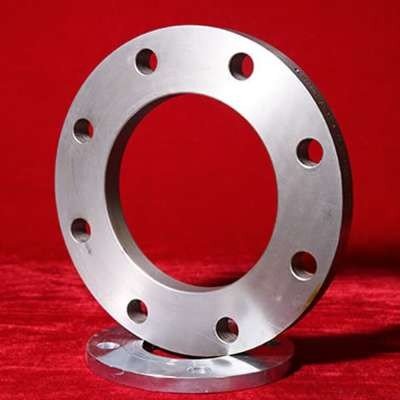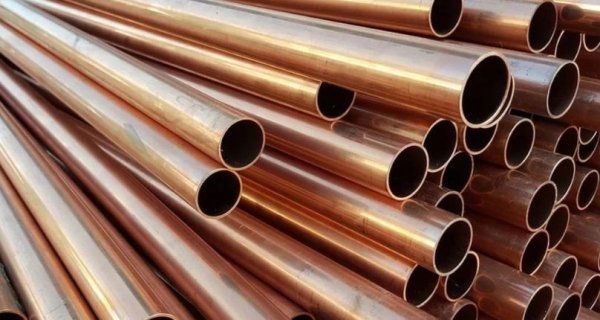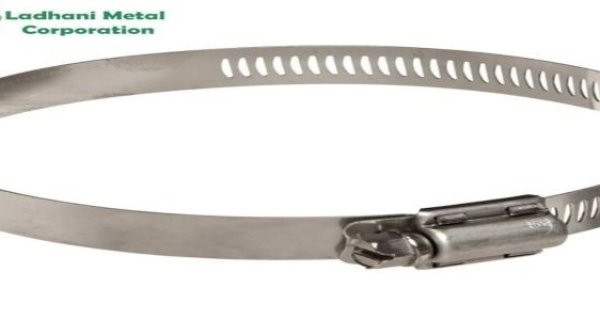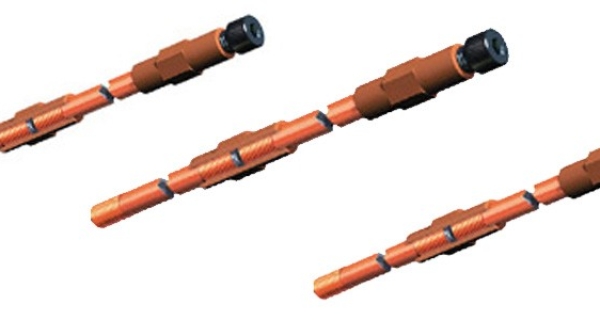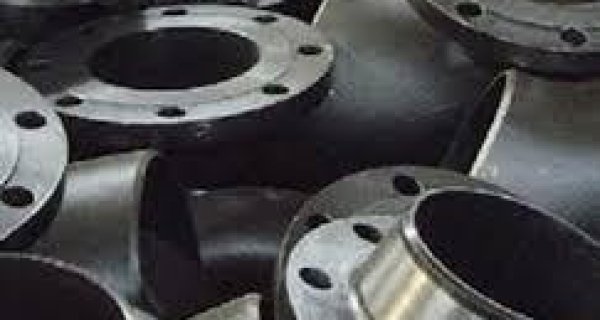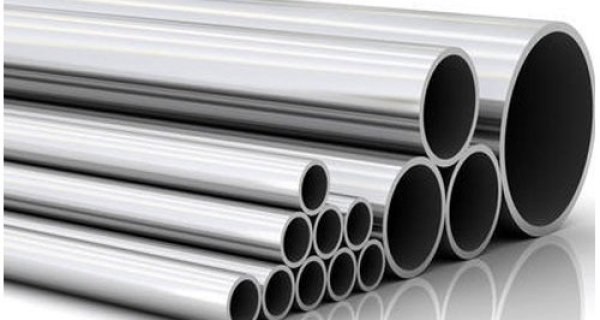Tips to Using A Pipe Flange For The Very First Time
A pipe flange is a mechanical product that serves the purpose of joining pipes together. It can be in the form of a welding neck where it’s welded to the flange collar or threaded where it’s screwed to the flange. Other approaches include the use of a lap joint to make connections using a stub end, or a socket weld or a slip on.
Posted 6 years ago in Technology, updated 6 years ago.
A pipe flange is a mechanical product that serves the purpose of joining pipes together. It can be in the form of a welding neck where it’s welded to the flange collar or threaded where it’s screwed to the flange. Other approaches include the use of a lap joint to make connections using a stub end, or a socket weld or a slip-on.
Here are 5 tips to use a flange for the first time:
1. Use Slip-on Flanges in Low-Pressure Services
Slip-on flanges are more chosen by users owing to them being low cost, taking less time to install, & their ease of use. They are used for non-critical low-pressure services like cooling water, fire water, & other non-challenging pipework owing to their strength being 1/3 lower than that of a weld neck flange. The pipe gets welded to the flange bore & hub. To check how proper the slip-on connection is, a simple visual examination, a magnetic particle, or a PT test are the approaches one can follow.
2. Use Socket Weld Flanges in High-Pressure Pipe Works
When doing high-pressure pipe works that are below 2 inch (DN50), socket weld flanges are more chosen. Good welding experience is dynamic to making this connection since a radiographic examination on the fillet weld is not easily executable. If, however, the connection is critical & visual examination alone won’t be enough, you can carry out liquid penetrant or magnetic particle tests to check the strength of the connection.
3. Use Lap Joint Flanges in High-Cost Material Pipelines
Lap joint Flanges work well for pipelines that are in high-cost materials such as nickel alloys & stainless steel as it greatly reduces the total cost or all the flanged connections that are needed. A lap joint connection is made by combining the stub end which has been welded onto the pipe & the lapped flange or backing flange. You can, for example, use a stainless steel stub end combined with a carbon steel lap joint flange to get a proper welded connection at a very low cost. Lap joint flanges usually have a raised face & are generally sealed with a flat ring gasket.
4. Connect Weld Neck Flanges to A Butt Weld Pipe for Better Performance
There is a tapered hub on the weld-neck flanges with an end that’s butt weld that can be linked to a butt weld pipe. You can test the quality of the weld using radiography, ultrasound or it can be done visually. The welded connection of a pipe & a weld neck flange features good fatigue as well as mechanical stress performance.
5. Ensure That A Skilled Professional Executes Pipe Flange Joints
Trained personnel should be the ones to perform flange joints to prevent any unsafe leakages from happening in the pipeline. As flanges are being used for the first time, an accurately trained engineer should be the one to execute the flanged joints.
